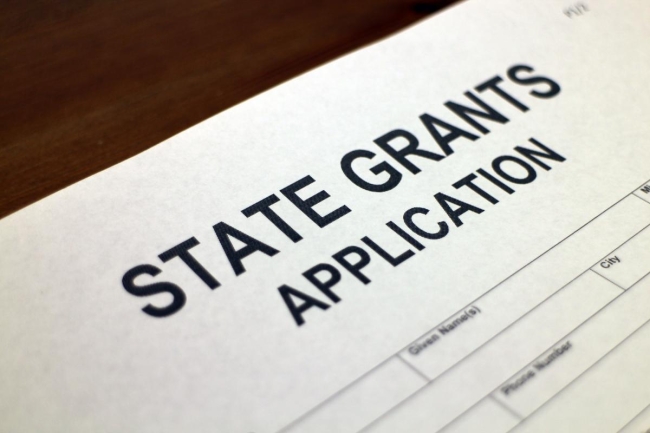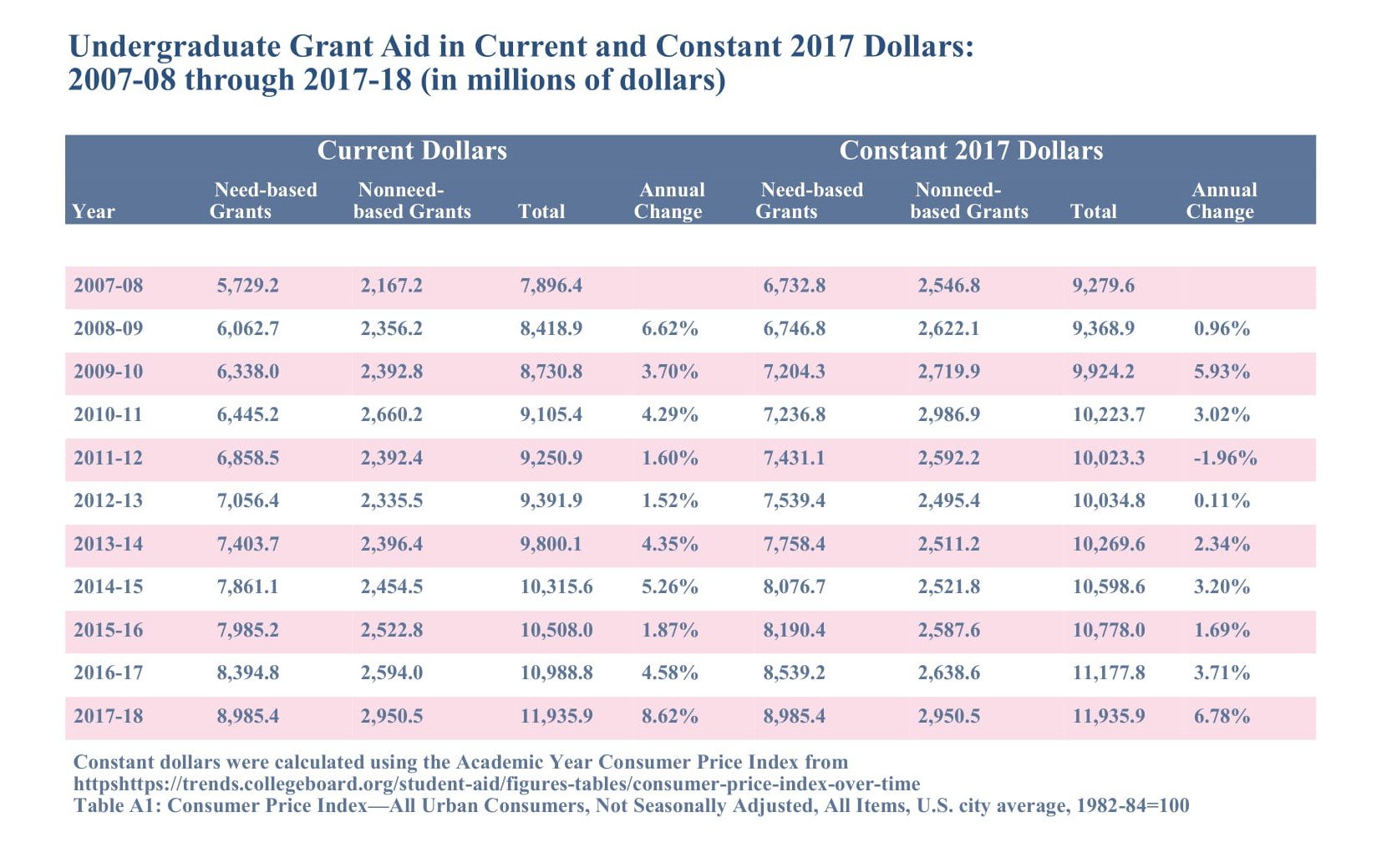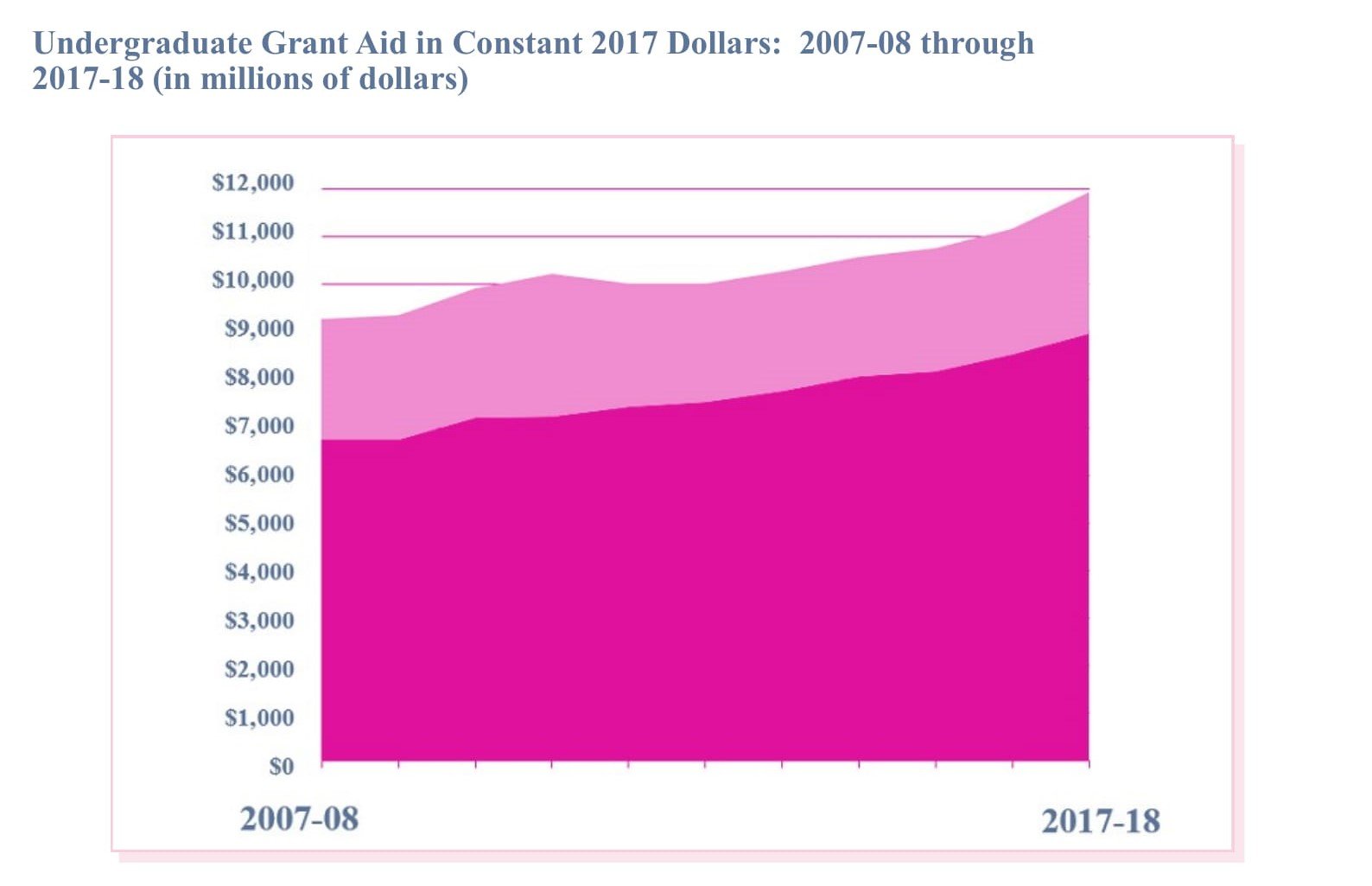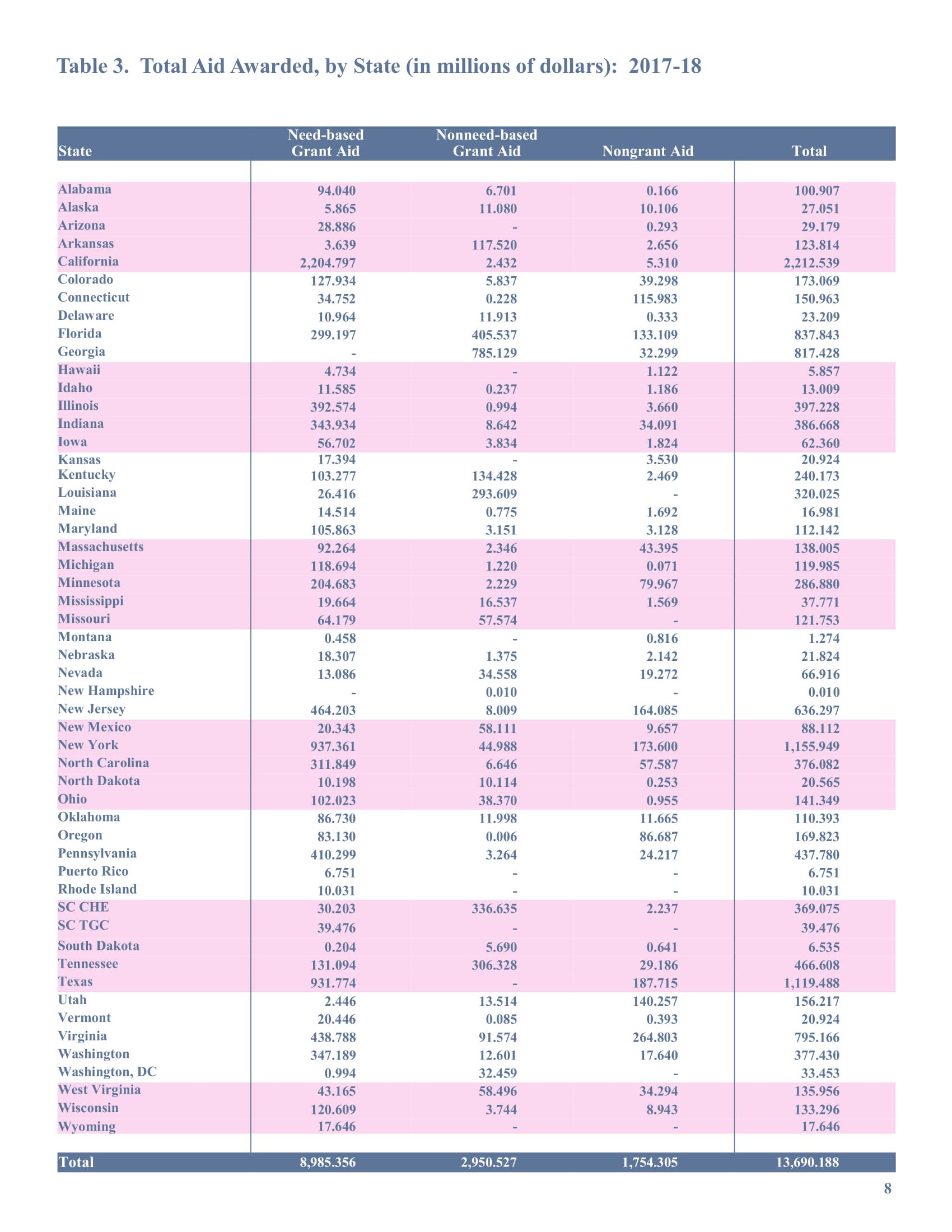You have /5 articles left.
Sign up for a free account or log in.

Istockphoto.com/Hailshadow
State investment in college students grew more last year than in the past decade, according to an annual study of grant and aid programs released Tuesday.
Undergraduate aid grew by 8.62 percent during the 2017-18 academic year compared to an annual growth rate of 1 to 6 percent, adjusted for inflation, since 2007-08, a new report by the National Association of State Student Grant and Aid Programs outlines.
State financial aid programs in the U.S. reached $13.6 billion, compared to $12.8 billion dedicated to postsecondary students in 2016-17, says the report by NASSGAP, which represents agencies that administer state student financial aid.
NASSGAP’s 2017-18 analysis showed states confronting issues of college affordability and workforce shortages with an urgency not shown before.

The most recent increase is “by far the largest,” Frank Ballmann, director of NASSGAP, has seen since he began leading the Washington office of the organization in 2010, he said.
Ballmann said the total increase of need-based and non-need-based aid combined has typically been $200 to $300 million over that time frame. This year, it’s over $900 million.
"It’s a bipartisan issue in the states because there are seven million vacant jobs across the country. Those are going to go overseas if we don’t make that investment," he said.
 The U.S. Department of Labor reported on Nov. 5 that there were more than seven million job openings by the end of September, according to its most recent Job Openings and Labor Turnover survey. The department found 25,000 new job openings in the information sector and decreases in demand for workers in the health and social services industries.
The U.S. Department of Labor reported on Nov. 5 that there were more than seven million job openings by the end of September, according to its most recent Job Openings and Labor Turnover survey. The department found 25,000 new job openings in the information sector and decreases in demand for workers in the health and social services industries.
Ballmann said these millions of jobs are going unfilled because Americans lack the education and 21st-century work skills to fill them. The worker shortage has put pressure on governors to set postsecondary education goals for their states and implement widespread college aid programs, he said. One major example is Tennessee’s Drive to 55 initiative, which aims to have 55 percent of the state population college educated by 2025.
There are currently 15 to 17 states with their own version of free college programs, which are categorized differently in the NASSGAP report based on each program’s income and eligibility requirements, Ballmann said. The Tennessee Promise gives all high school graduates in the state access to tuition-free two-year community or technical college and is classified as a “conditional grant,” he said. Conditional grants require students to meet a work or service requirement in exchange for tuition waivers -- Tennessee Promise students must complete eight hours of community service per term they are enrolled.
New York introduced the Excelsior Scholarship program during the 2017-18 academic year. It allows low- to middle-income residents to attend any institution in the state or New York City university systems for free, according to the state’s website. The scholarship is also categorized in the NASSGAP report as a conditional grant; any applicant with an annual income of less than $125,000 is eligible. New York spent $69.3 million on conditional grants in 2017-18, compared to about $3 million in 2016-17, before the scholarship was in effect.
Statewide grant programs such as Tennessee’s and New York’s are part of the total $1.7 billion in nongrant student aid states provided nationally to students in 2017-18. The figure also includes loans, state loan assumptions, work-study grants and tuition waivers, NASSGAP reported. Tennessee was among the leaders in grant aid awarded over all, while New York was a leader in contributions to need-based undergraduate grants, according to the report.
Florida had the largest increases by far among all other states for both need-based and non-need-based grants, dedicating 79 and 76.9 percent more funding, respectively, to low-income and high-performing students in 2017-18 than in the previous year, according to the report. Florida’s then governor, Rick Scott, gave the state's merit-based Bright Futures scholarship program a major funding increase in 2018, and also increased the state’s investment in need-based aid, Ballmann said. (Note: This paragraph has been updated to correctly state the nature of the changes made to the Bright Futures program in 2018.)
“Scott recognized that workforce demands in Florida are growing,” Ballmann said. “You go there to retire, but there are quite a few families raising kids there … he wanted to attract a broader base of jobs in Florida in the tech industry.”
Over all, undergraduate need-based grants increased from $8.4 billion in 2016-17 to $8.9 billion in 2017-18, with the majority coming from California, New York, Texas, New Jersey, Pennsylvania, Illinois, Virginia and Washington, the report states. Georgia and New Hampshire continue to have no need-based aid programs.
The increased investment in all financial aid programs represents states' recognition of how unaffordable higher education has become, NASSGAP president Elizabeth McDuffie said in a statement. Of all the state aid provided during 2017-18, 75 percent was classified as need-based and 25 percent was not, which is about the same as 2016-17, NASSGAP reported.
“The rising cost of education, even when tuition is held constant or is covered by federal Pell Grants, denies opportunities to students without the financial means to pay for college; they need support from their states,” McDuffie said. “Many states are recognizing that need-based grants are investments in their residents and enable students who would not otherwise be able to enroll in postsecondary education programs to earn credentials that provide a net return to those individuals, their families and communities through higher earnings and community involvement.”









